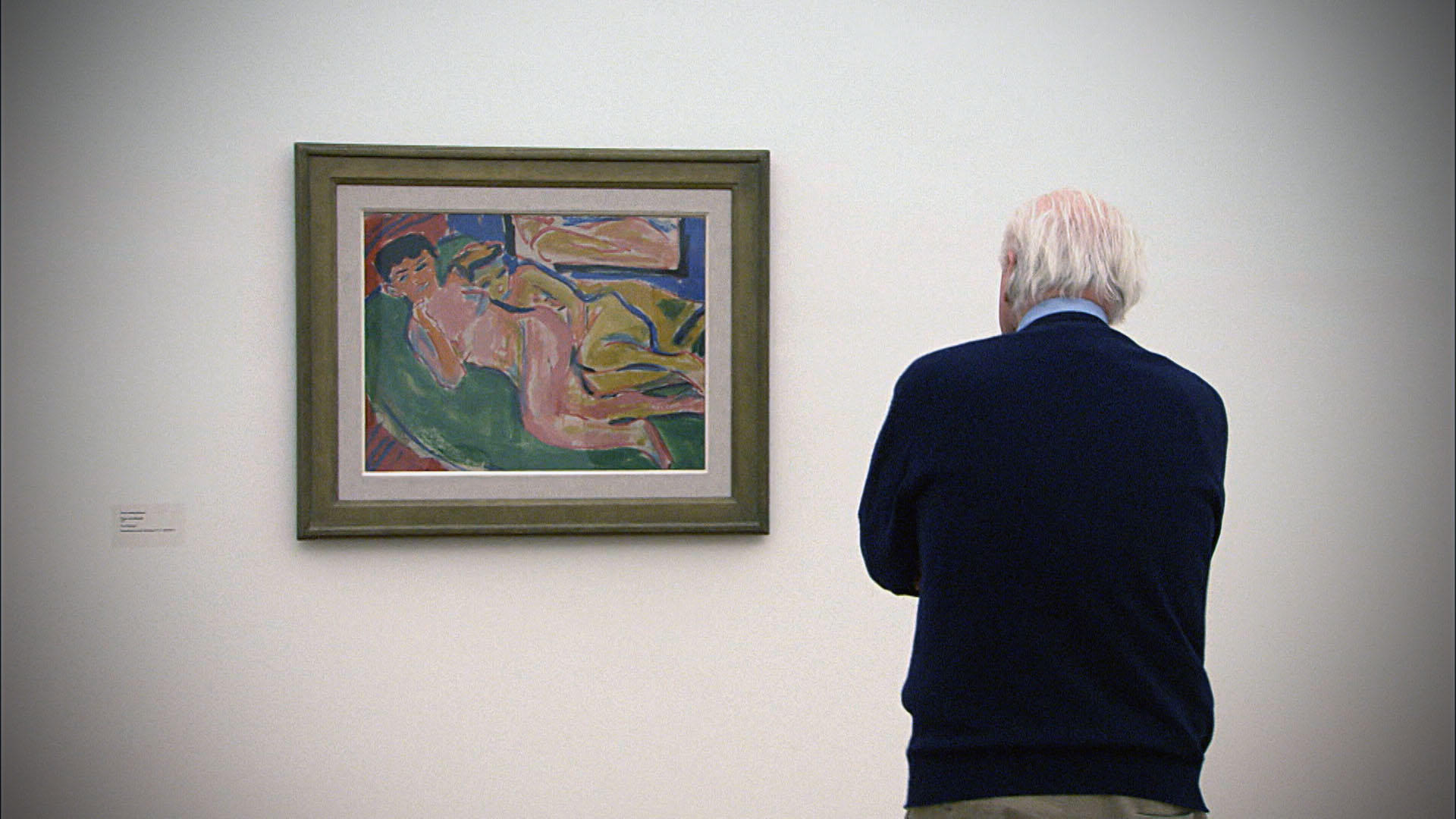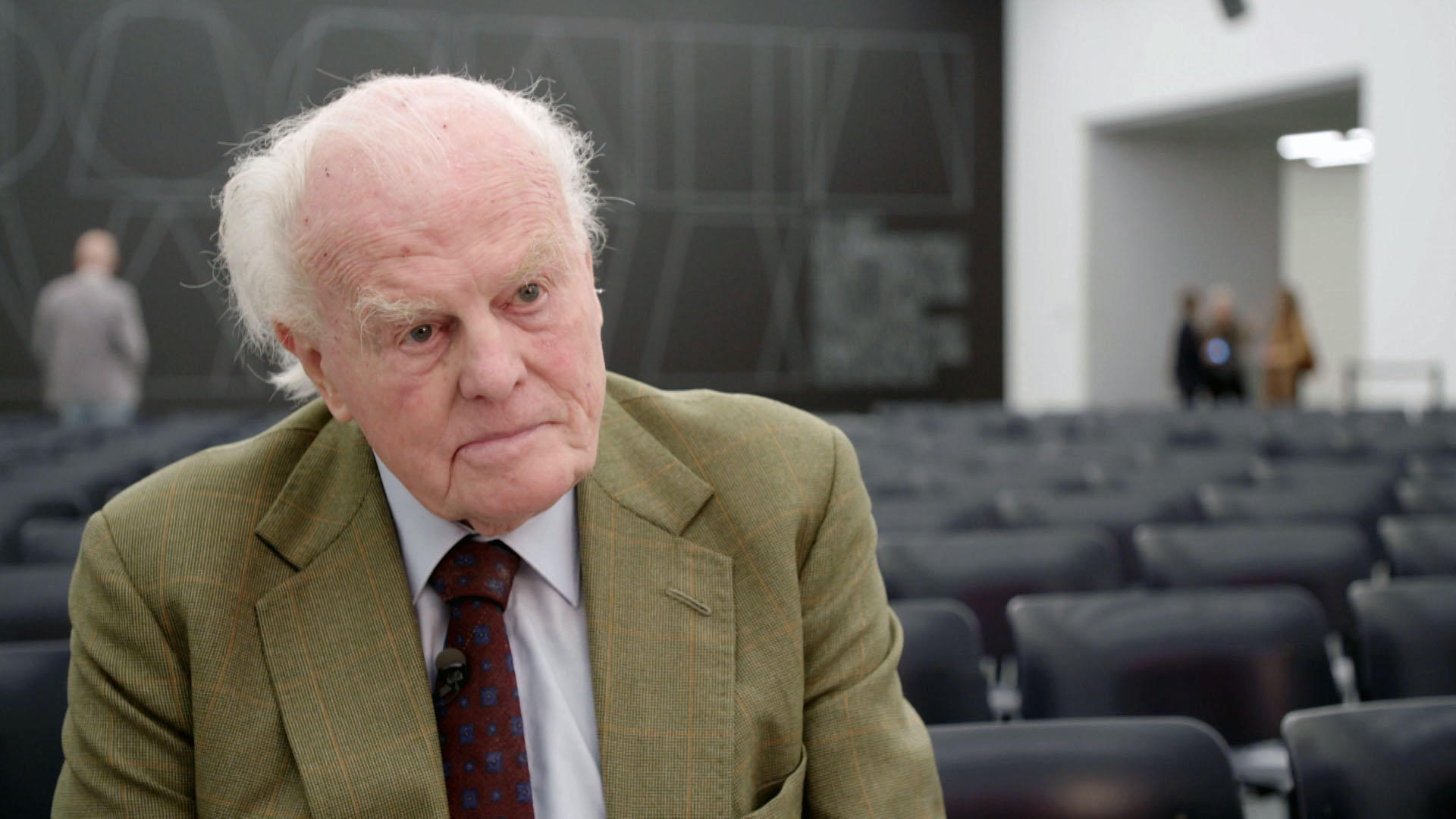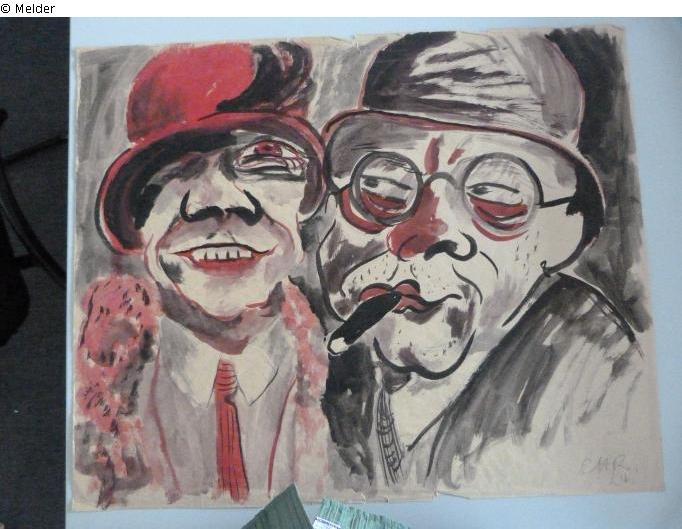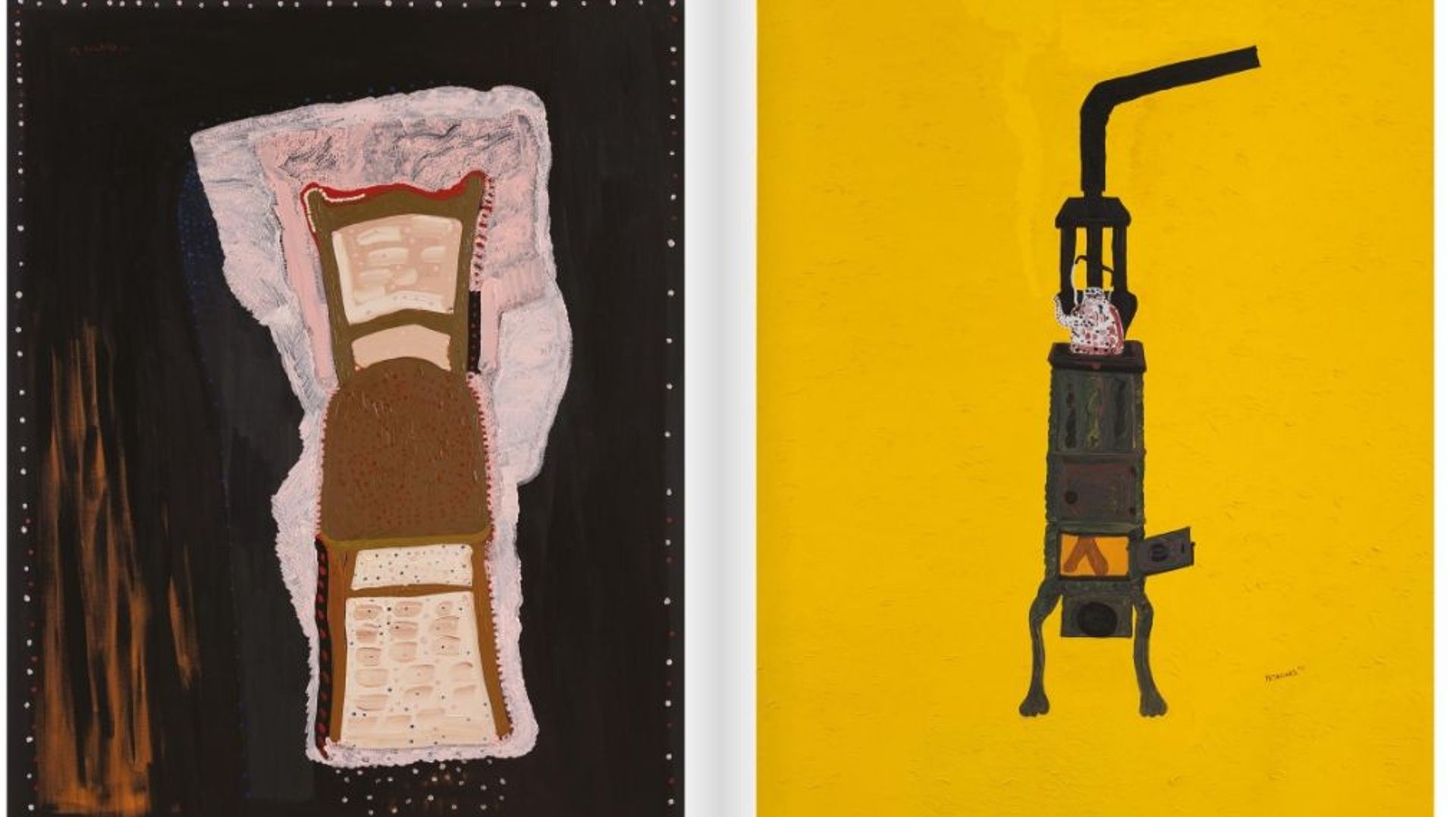
Gurlitt’s Swiss dealer breaks silence on his client

The art dealer and auctioneer, Eberhard Kornfeld, has spoken to the media for the first time about the reclusive Cornelius Gurlitt, revealing details about his trips to Switzerland to sell artworks. Gurlitt inherited his collection from his father. Some of the art is known to have been stolen by the Nazis.
The 94-year-old Kornfeld said his client made regular trips to Zurich from his home in Munich to withdraw the proceeds of his art sales in cash from his account in order to pay his living costs.
In his first interview about the reclusive Gurlitt – who died in 2014, a year after his secret trove of art first seized headlines – Kornfeld told Swiss Public Television, SRF, that he paid Gurlitt in cash or by cheque for the artworks he sold. Gurlitt, who had never had a job, needed the money to live on and to pay for medical treatment.
“He probably paid the proceeds into his account in Zurich,” Kornfeld said. “After that, he travelled to Zurich every four to six weeks and fetched his €9,000 to pay his living costs. He had no job. He lived off the sales of works in this collection. He had no other income.”
It was during one of those trips that the elderly recluse first drew the attention of the German customs authorities. In a fast train from Zurich to Munich on Sept. 22, 2010, they searched him to find €9,000 in cash – below the limit of €10,000, but enough to arouse suspicion.
Matisse, Picasso and company
An investigation led to a raid on Gurlitt’s home in 2012. Customs officials and police battered down his door and seized thousands of drawings, prints and paintings, including works by Henri Matisse, Max Liebermann, Pablo Picasso, Marc Chagall, Otto Dix and Edgar Degas.

More
What was Gurlitt like?
Gurlitt had inherited the art from his father Hildebrand Gurlitt, who had served as a dealer to the Nazis. The investigation revealed that some of the art had been looted from Jews by the Nazis.
Kornfeld said he paid several visits to Gurlitt’s apartment in Munich before the dawn raid. “It was a normal apartment,” he said. “You couldn’t go into one of the rooms. That was presumably where he kept the collection.” But he remembered a large set of shelves containing art.
Provenance of Kornfeld’s purchases
The Bern-based art dealer did not reveal any details about the artworks he purchased from Cornelius Gurlitt, saying only that they were mostly “degenerate art,” or works seized from German museums rather than from Jewish collectors. Auction catalogue research by the Central Institute for Art History in Munich revealed that Gurlitt sold 11 works via Kornfeld in 1988, including a Degas pastel. Kornfeld has so far refused to discuss either the provenance of these works, or who purchased them.
Gurlitt unexpectedly bequeathed his collection to the Museum of Fine Arts in Bern when he died three years ago. Kornfeld said he would not “overly stress” his own influence in the decision.
“But Gurlitt was so awfully treated by Germany that his priority was certainly primarily that the collection shouldn’t remain there,” Kornfeld said. He said Gurlitt had shown an interest in Bern. “We went on various occasions to the Museum of Fine Arts. We went to the Minster and around the historic centre.”
Gurlitt’s controversial collection is the subject of two parallel exhibitions opening in Bonn and in Bern in November. The Bern exhibition opening on November 2 is called “Gurlitt: Status report. Degenerate Art – Confiscated and Sold” and will explore Joseph Goebbels’ venomous campaign against art the Nazis perceived as “degenerate” and seized from German museums.
The Bonn exhibition opening a day later, “Gurlitt: Status Report. Nazi Art Theft and its Consequences” will focus on Nazi art-looting from private individuals, most of whom were Jewish.

More
Inside the Gurlitt collection

In compliance with the JTI standards
More: SWI swissinfo.ch certified by the Journalism Trust Initiative






























You can find an overview of ongoing debates with our journalists here . Please join us!
If you want to start a conversation about a topic raised in this article or want to report factual errors, email us at english@swissinfo.ch.